Falls prevention exercises for older adults: Supporting strength, balance and independence
As we age, it’s natural for our bodies to experience changes in strength, flexibility, and balance. But for many older people, these changes can lead to an increased risk of falls — a leading cause of injury-related hospitalisations in Australia. However, with the right support and a few targeted exercises, many falls can be prevented.
At St Jude’s, we believe in empowering older Australians to live safely and confidently at home or in supported environments. Whether you’re an older person yourself, a concerned family member, or a caregiver, this guide will walk you through simple and effective falls prevention exercises that can help reduce risk, improve mobility, and build confidence.
Why fall prevention matters
Falls are more than just a slip or a stumble. For many older people, a fall can result in serious injury, loss of independence, or the need for long-term care.
- Around 1 in 3 people aged 65 and over experience a fall each year in Australia.
- Falls are the leading cause of injury hospitalisations in 2022–23 and the leading cause of injury deaths in 2021–22 (AIHW).
While these numbers are concerning, they also highlight the importance and opportunity of prevention.
One of the most effective strategies? Staying physically active and engaging in specific exercises that target the areas most responsible for balance and mobility.
How exercise helps prevent falls
Regular movement supports key physical functions that tend to decline with age:
- Balance: Exercises that challenge your centre of gravity help improve stability.
- Strength: Stronger muscles, especially in the legs and core, offer better support.
- Flexibility: Stretching helps maintain a healthy range of motion.
- Coordination: Practising intentional movement boosts awareness and control.
Importantly, these exercises also support mental wellbeing by improving confidence and reducing the fear of falling, a common reason some older people stop moving altogether.
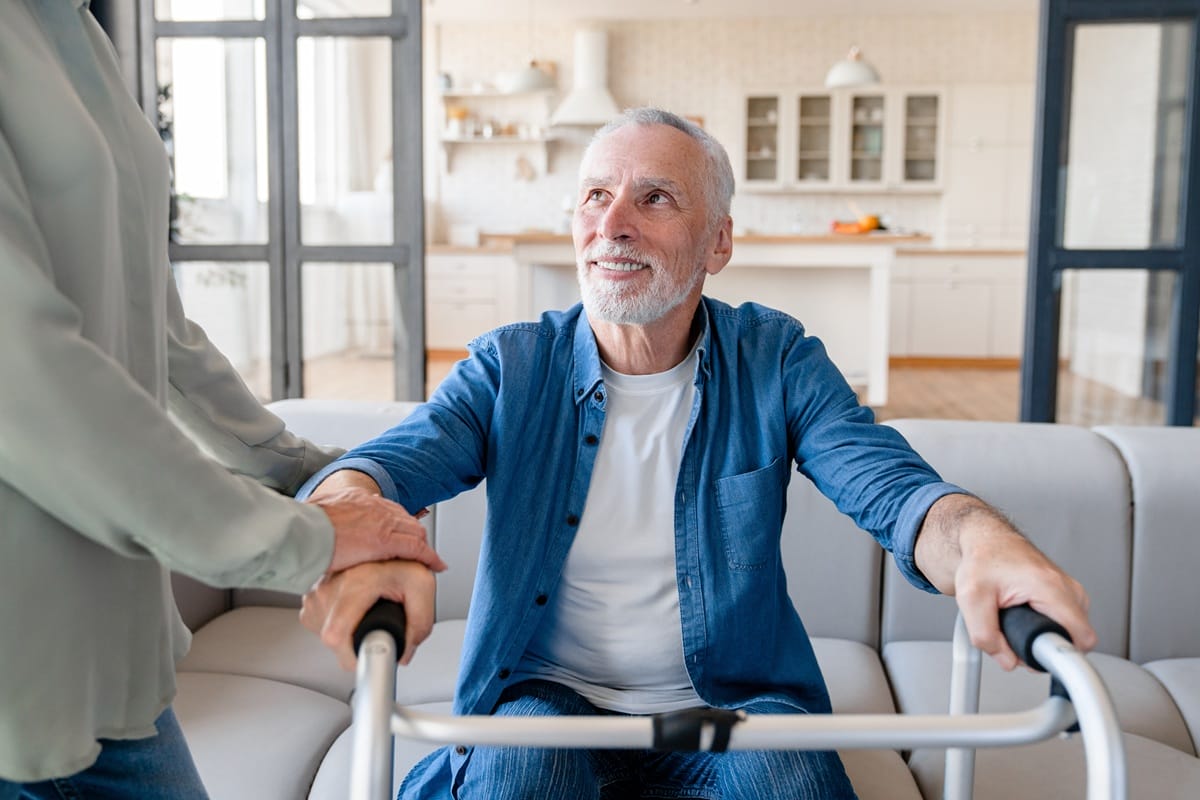
7 safe and simple falls prevention exercises
These exercises can be done at home with little to no equipment. Always consult your GP or a physiotherapist before starting a new routine, especially if you’ve had a fall or mobility concern in the past.
1. Sit-to-stand
Why it helps: Strengthens leg muscles and mimics everyday movement.
How to do it:
- Sit in a sturdy chair with feet flat on the floor.
- Cross your arms over your chest or keep hands on the chair arms for support.
- Stand up slowly, then sit back down with control.
- Repeat 10 times.
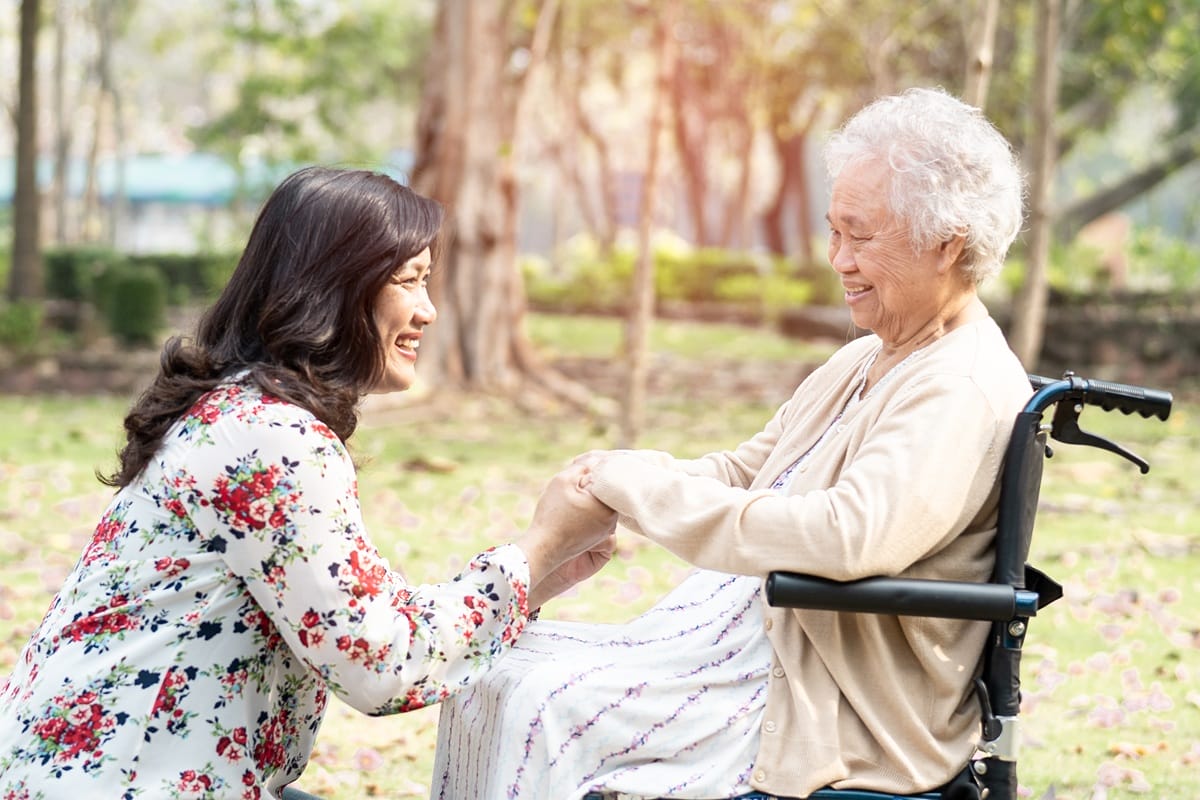
2. Heel-to-toe walk
Why it helps: Improves balance and coordination.
How to do it:
- Walk forward by placing one foot directly in front of the other so the heel touches the toe of the foot behind.
- Use a wall or bench for light support if needed.
- Take 10–15 steps in a straight line.
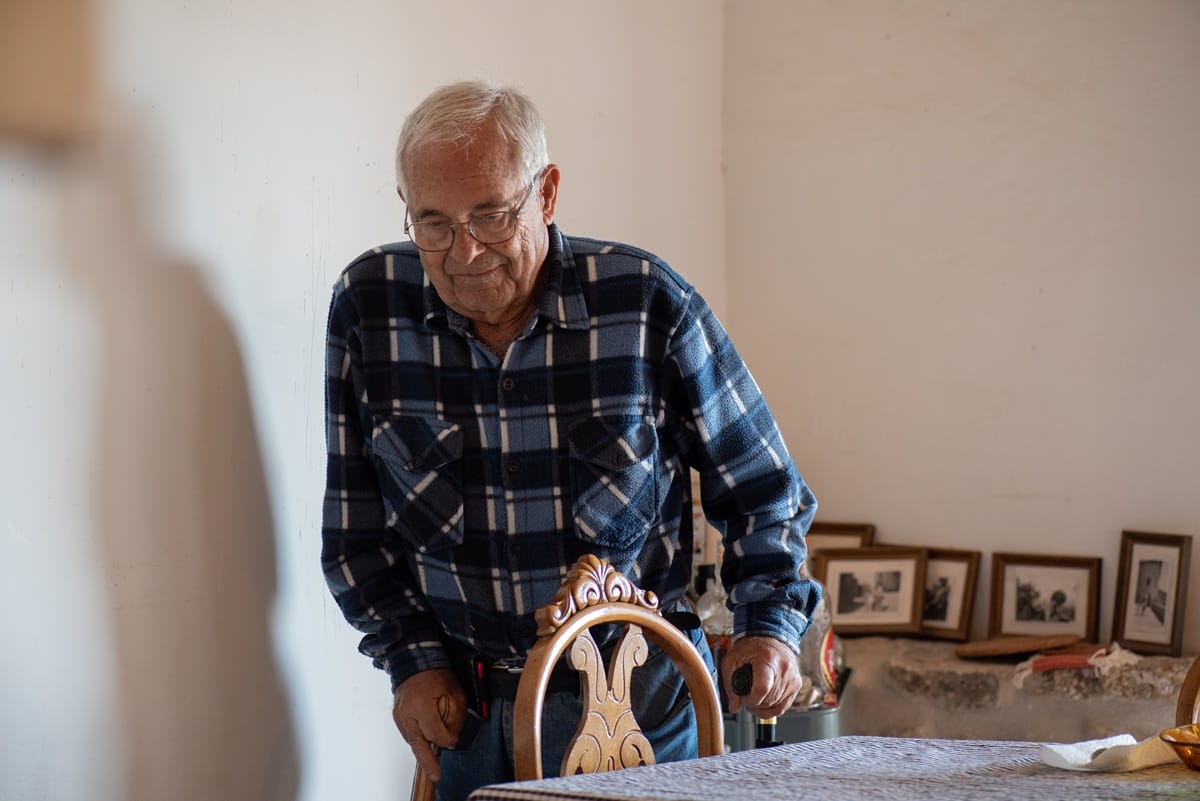
3. Single-leg stand
Why it helps: Builds ankle strength and balance.
How to do it:
- Stand behind a chair and hold the backrest.
- Lift one foot slightly off the ground and hold for 10 seconds.
- Switch sides and repeat 3–5 times per leg.
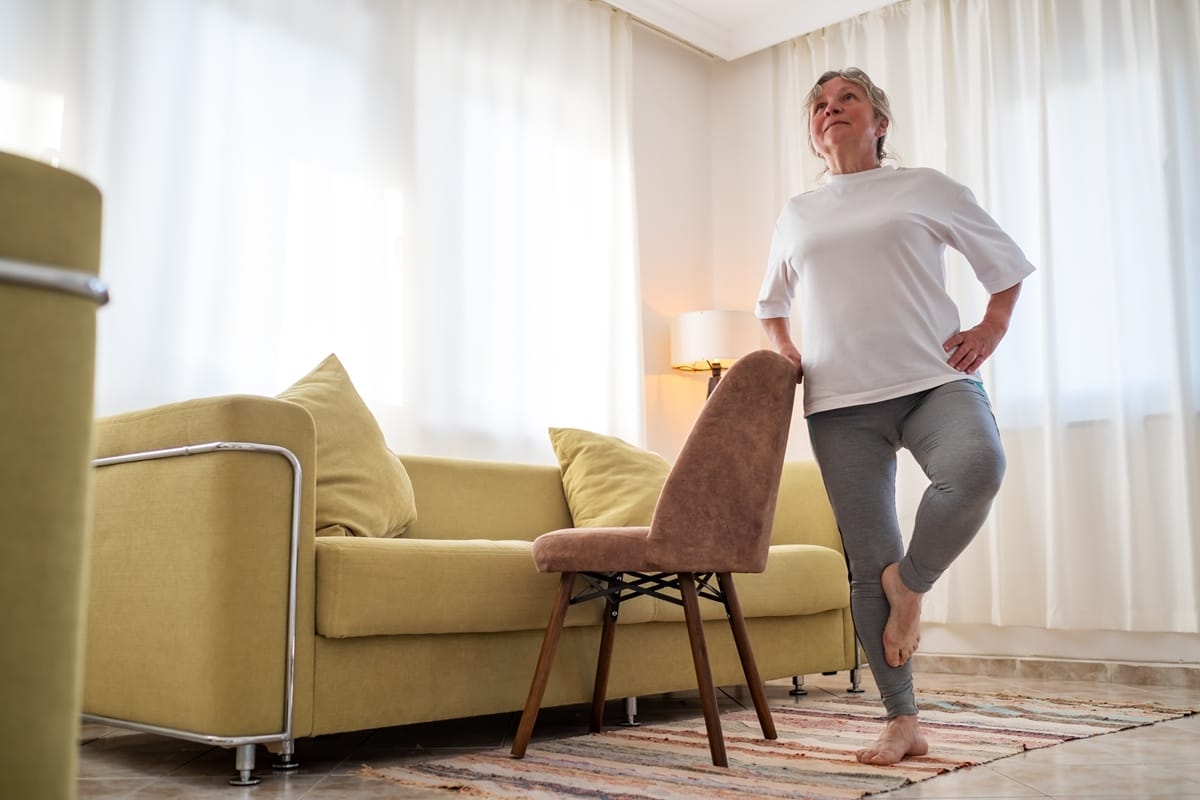
4. Marching in place
Why it helps: Builds strength and improves gait stability.
How to do it:
- Stand tall and lift one knee up toward your chest, then lower it.
- Repeat with the opposite leg, as if marching.
- Aim for 20 marches (10 per leg), using a bench or wall for balance support.
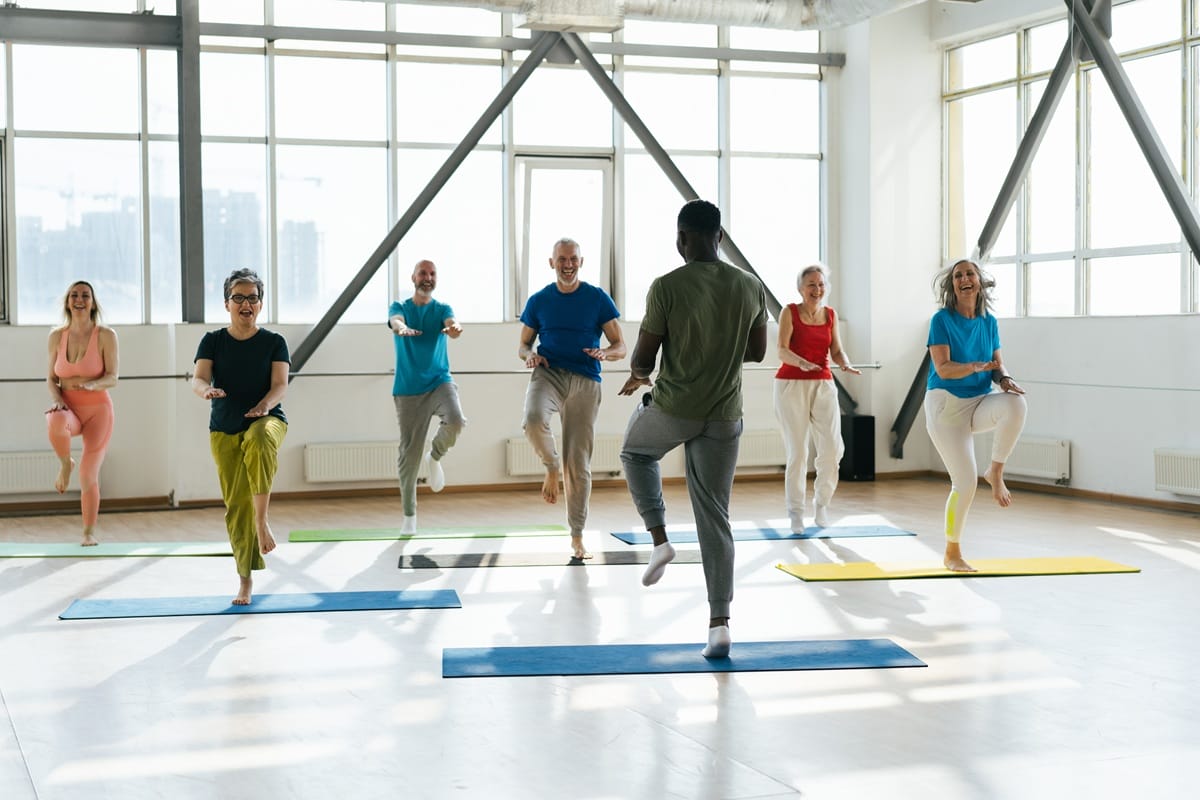
5. Leg raises
Why it helps: Strengthens hip and thigh muscles which is key for stability.
How to do it:
- Sit up straight in a chair.
- Slowly lift one leg up so it is 90 degrees to the floor, keeping your other foot firmly on the ground.
- Hold your arms out horizontal to the floor.
- Lower and repeat 10–15 times, then switch legs.
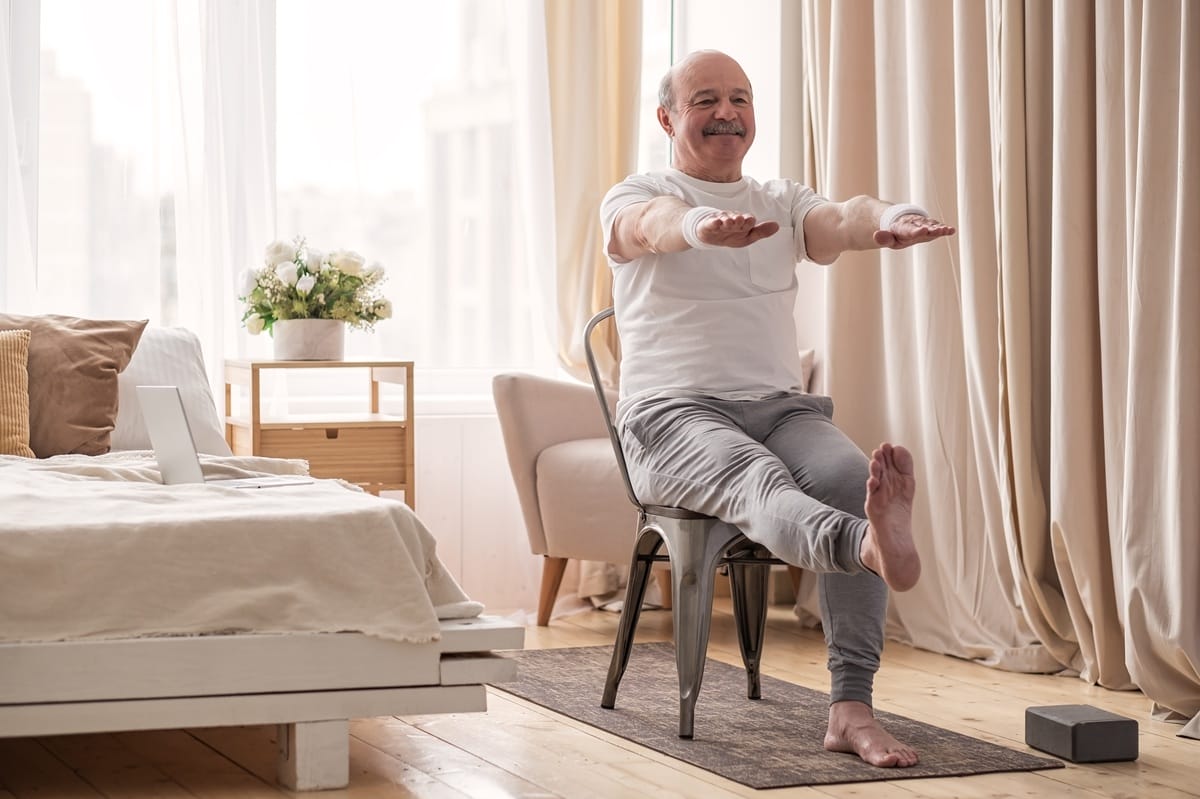
6. Calf raises
Why it helps: Improves ankle stability and walking power.
How to do it:
- Stand with feet shoulder-width apart and hold onto a counter or sturdy chair. You can also do this exercise seated.
- Raise your heels to stand on your toes, then slowly lower back down.
- Repeat 10–15 times.
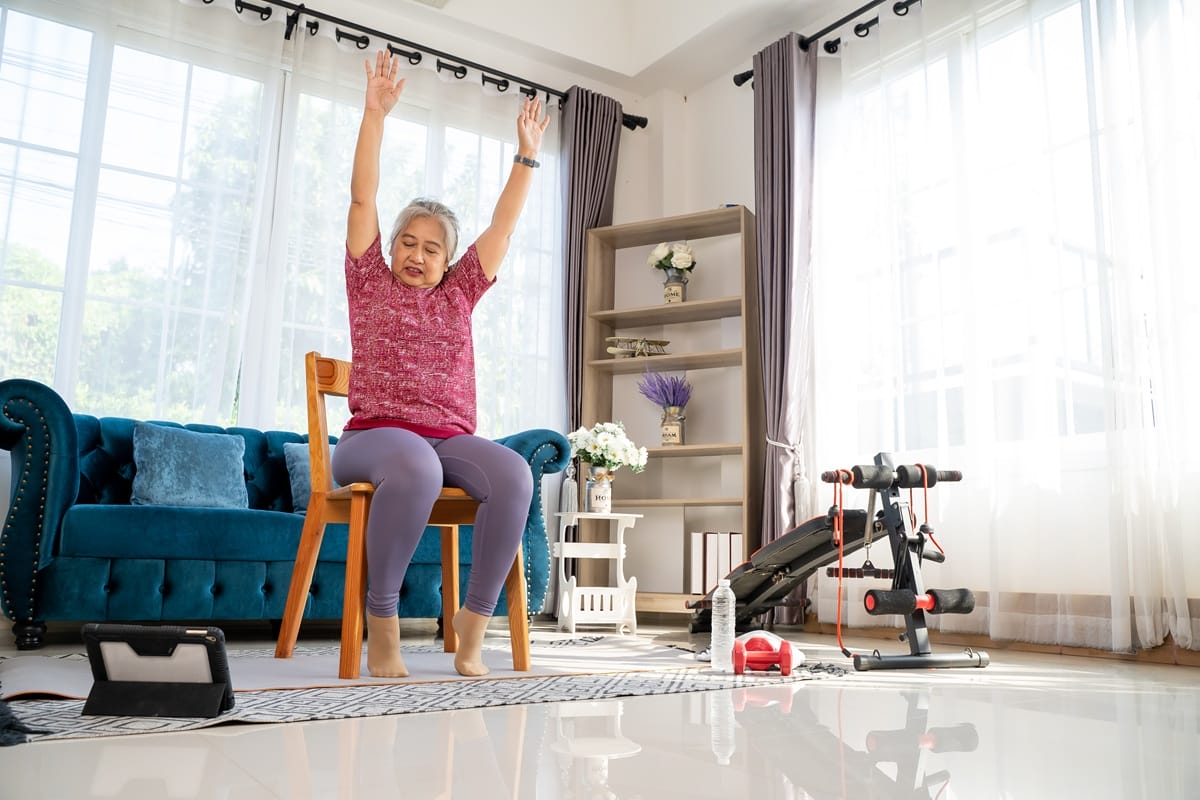
7. Seated hamstring stretch
Why it helps: Increases flexibility in the legs, supporting safer movement.
How to do it:
- Sit on the edge of a chair.
- Extend one leg straight out with the heel on the floor.
- Lean forward gently from the hips until you feel a stretch behind the thigh.
- Hold for 20 seconds, then switch legs.
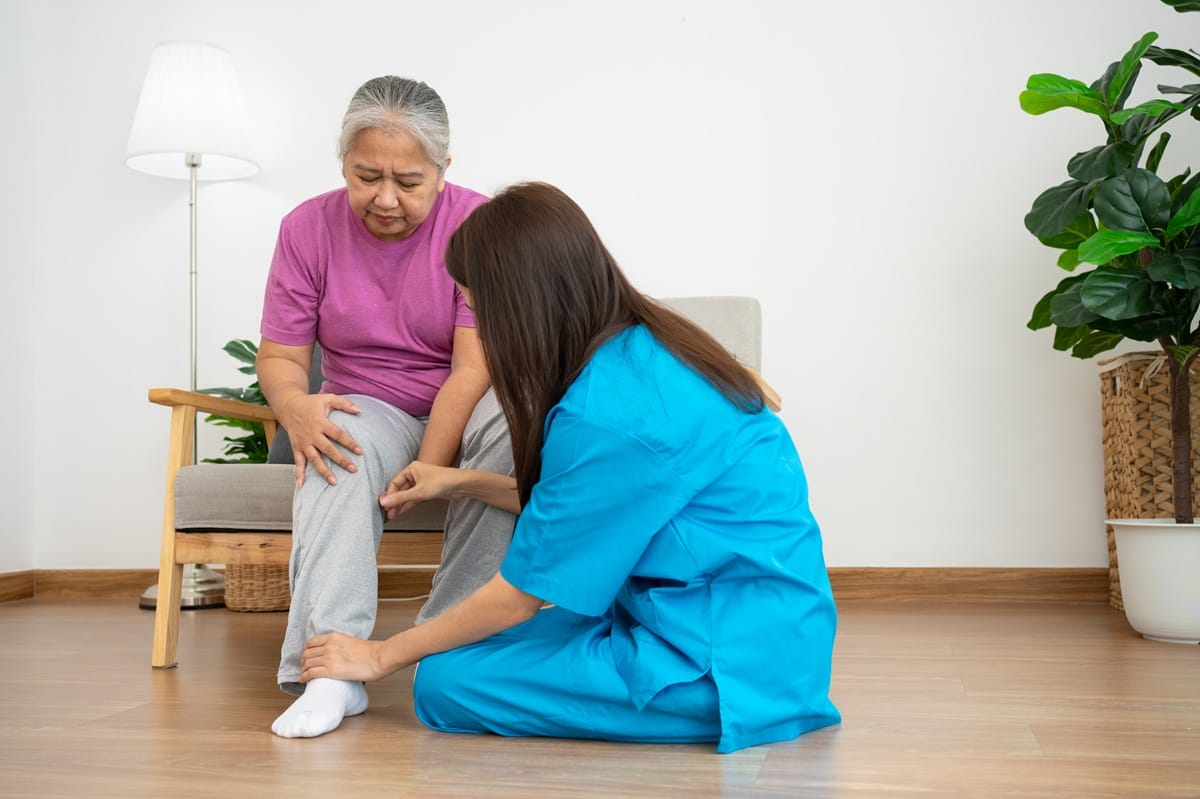
Safety tips for exercising at home
Falls prevention exercises should always be approached with safety in mind. Here are a few helpful reminders:
- Start slow: Begin with a few repetitions and gradually increase over time.
- Clear your space: Remove any tripping hazards like rugs or cords.
- Use support: Keep a chair, wall, or countertop nearby to steady yourself.
- Wear proper shoes: Supportive, non-slip footwear is essential.
- Stay hydrated: Even light activity calls for proper hydration.
- Listen to your body: Stop immediately if you feel dizzy, unsteady, or in pain.
If you’re unsure whether a particular exercise is right for you or your loved one, it’s best to consult with a qualified health professional.
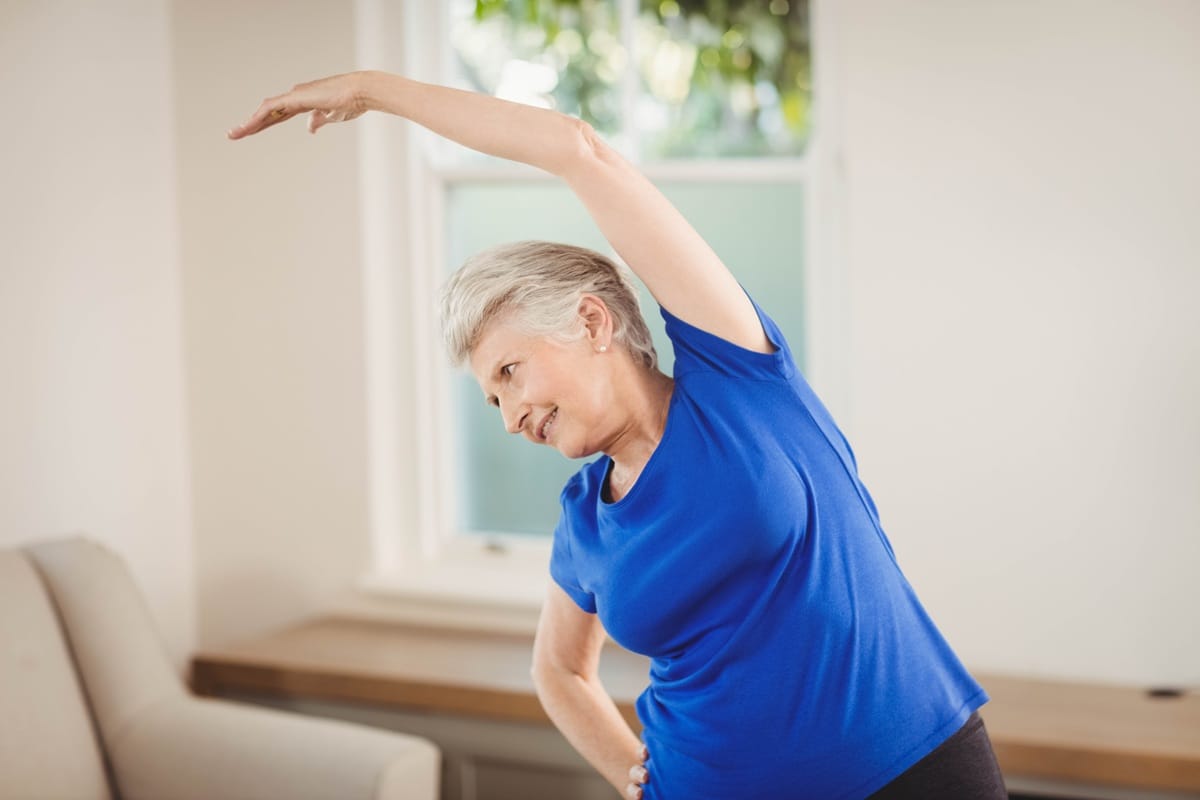
Supporting your wellbeing and mobility with St Jude’s
At St Jude’s, we’re passionate about helping older people live full, safe, and independent lives.
Our Allied Health team includes Physiotherapists and Occupational Therapists who specialise in mobility, balance, and falls prevention. We offer in-home assessments, personalised exercise programs, and ongoing support to ensure that you or your loved one can continue moving with confidence.
If you or someone you care for could benefit from professional support, we’re here to help.
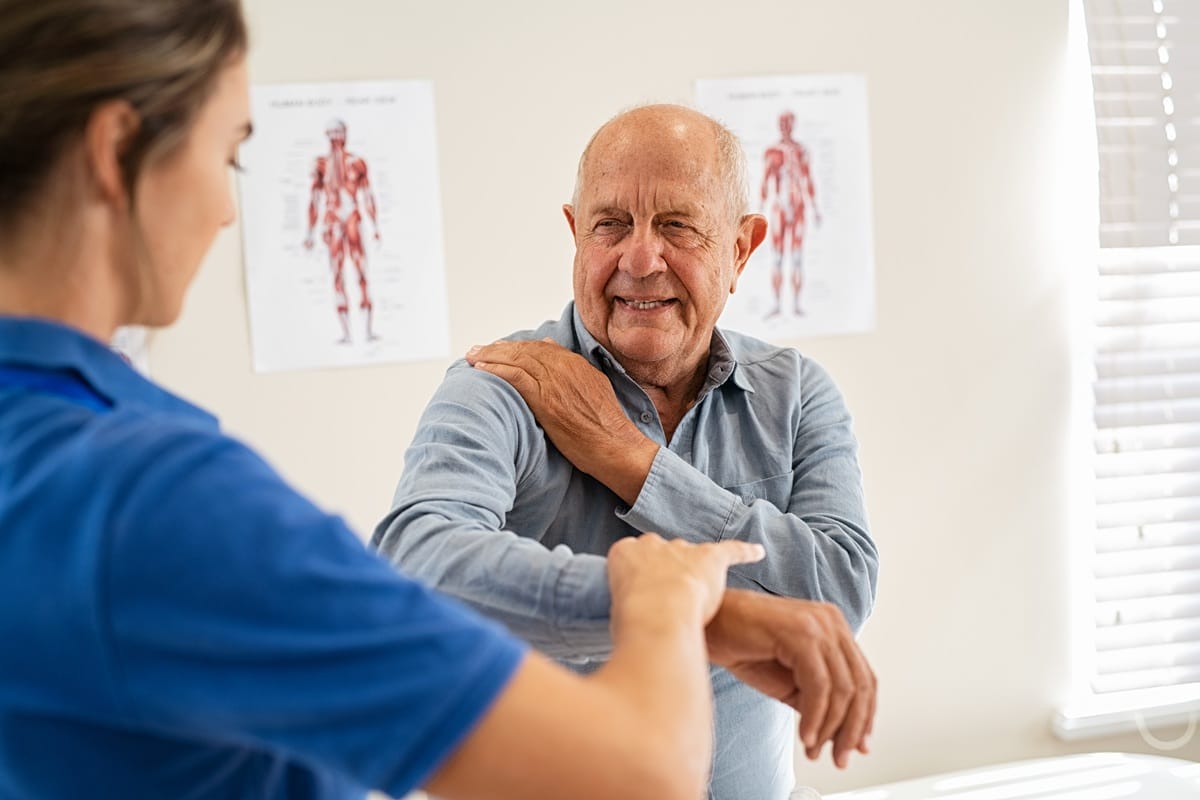
Get in touch with our Allied Health team
Whether you want to regain confidence, stay mobile, or improve your overall wellbeing, our team can create a tailored plan supporting your goals.
Remember: staying active isn’t just about preventing falls — it’s about maintaining independence, boosting wellbeing, and living life on your terms. With the right guidance and a little daily movement, you can keep doing the things you love both safely and confidently.
Explore our Allied Health services
Contact us today to learn how we can support your health and mobility.